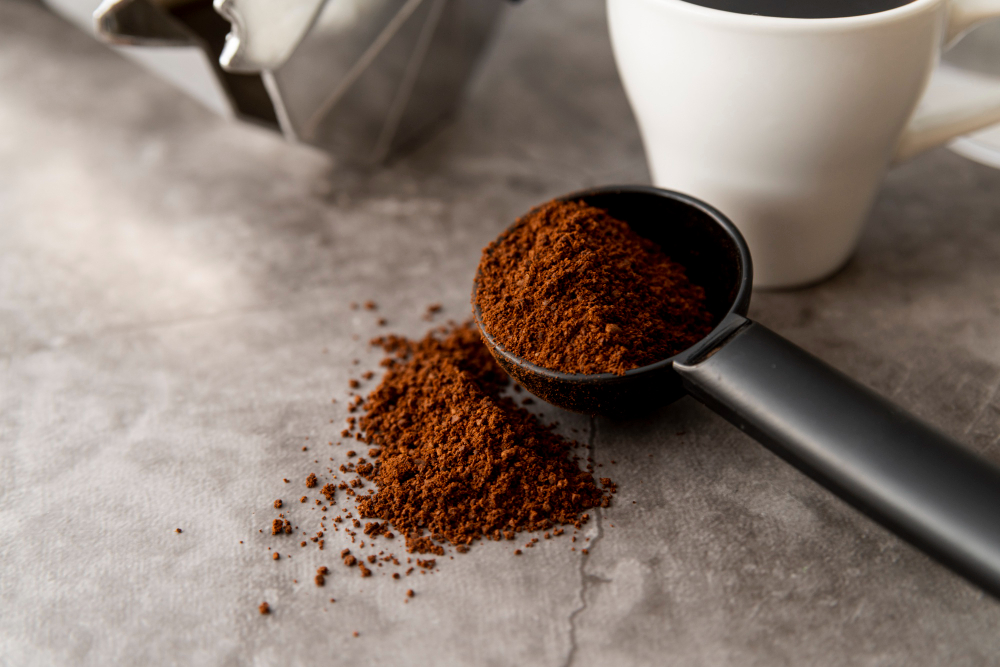As a coffee enthusiast, you may already know about the world of instant coffee. But have you heard of instant espresso? These two types of quick-brew coffee have more differences than you might think.
Table Of Contents
−In this article, we’ll take a closer look at instant espresso and instant coffee, explore their unique characteristics, and learn how to make the most of them. Let’s dive in!

Instant Espresso vs Instant Coffee: What Sets Them Apart?
At a glance, instant espresso and instant coffee might seem similar—they both come in powdered form and dissolve quickly in hot water. But there’s more to it! Here’s a comparison table that outlines the key differences:
| Attributes | Instant Espresso | Instant Coffee |
|---|---|---|
| Flavor | Smooth, robust | Slightly sour, milder |
| Concentration | More concentrated | Less concentrated |
| Bean Quality | Often higher-quality | Varies |
| Bean Type | Usually arabica beans | Usually robusta beans |
| Common Uses | Baking, seasoning, drinks | Quick cup of coffee |
| Caffeine Content | About 58 mg per shot | About 66 mg per cup |
From Beans to Your Cup: How Instant Coffee and Espresso Are Made
Both instant coffee and instant espresso start with brewing roasted coffee beans to create a concentrated extract. But how do we get from there to the convenient powder in your pantry? Here are the two main drying methods:
- Spray Drying: In this method, the coffee extract is sprayed into hot air. It quickly dries and forms dehydrated coffee crystals.
- Freeze Drying: In this method, the coffee extract is frozen, cut into small pieces, and then dried in a vacuum at low temperatures.
The end result? Flavorful coffee granules that are ready to dissolve in hot water—no brewing necessary!
Get Creative: Making the Most of Instant Coffee and Espresso
Whether you’re a fan of instant coffee, instant espresso, or both, there are plenty of ways to enjoy these versatile ingredients:
For a Quick Cup:
- Instant Coffee: 1 teaspoon of instant coffee + 1 cup of hot water
- Instant Espresso: ½ teaspoon of instant espresso + 1 cup of hot water
For a Shot of Espresso:
- With Instant Coffee: ½ to 3 teaspoons of instant coffee + 30 milliliters of hot water
- With Instant Espresso: 1 teaspoon of instant espresso + 30 milliliters of hot water
Explore Culinary Uses:
- Baking: Enhance chocolate flavor in brownies and cakes with a teaspoon of instant espresso.
- Marinades: Use instant coffee in marinades for savory dishes, like coffee-rubbed steak.
- Seasoning: Mix instant espresso powder into spice rubs for a unique twist.
- Beverages: Add instant espresso to hot cocoa, smoothies, or cocktails for extra flavor.
The Bottom Line
Instant espresso and instant coffee may seem similar at first, but each offers something special. Whether you enjoy the convenience of a quick cup of coffee or love experimenting in the kitchen, these versatile ingredients have a place in your pantry.
So go ahead—indulge in the rich flavors of instant espresso, savor the simplicity of instant coffee, and most importantly, enjoy every sip and bite. Happy caffeinating!
Disclaimer: This post contains affiliate links, which means I may receive a small commission, at no extra cost to you, if you make a purchase using these links. Remember to support us by purchasing through the Amazon/Walmart/Impact Radius links provided. Last update on 2024-05-01 / Affiliate links / Images from Amazon Product Advertising API
Disclosure: No compensation or free products were received in exchange for writing this review.

Editorial Staff
The editorial staff at Crazy Coffee Crave is a team of coffee enthusiasts & Baristas who enjoy the one thing we all think about as soon as we get up in the morning. Trusted by thousands of readers worldwide.






